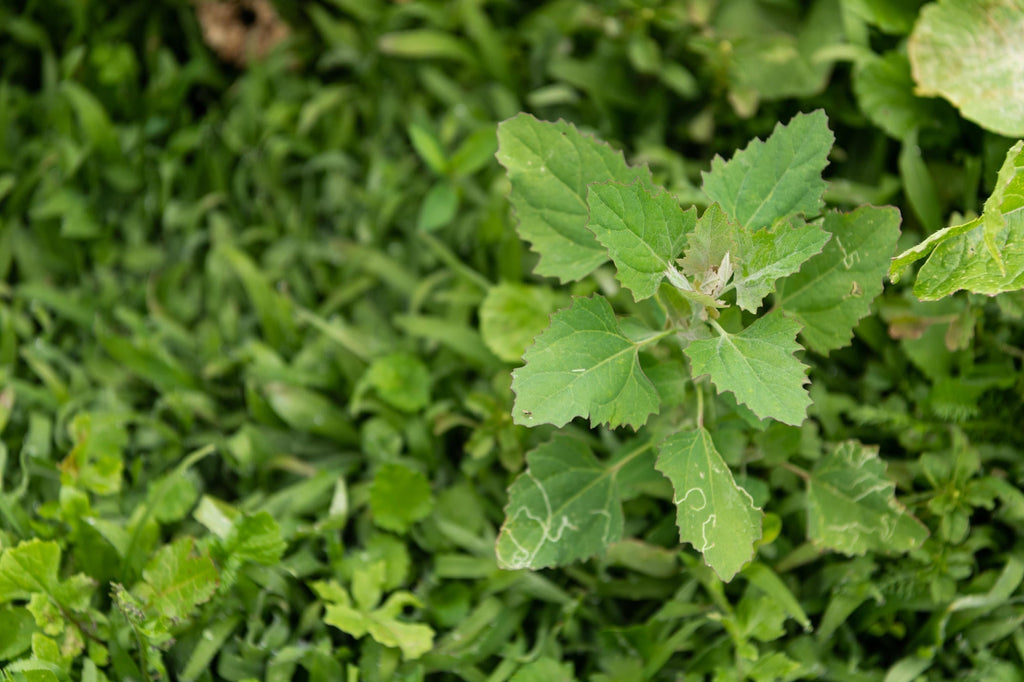Weeds
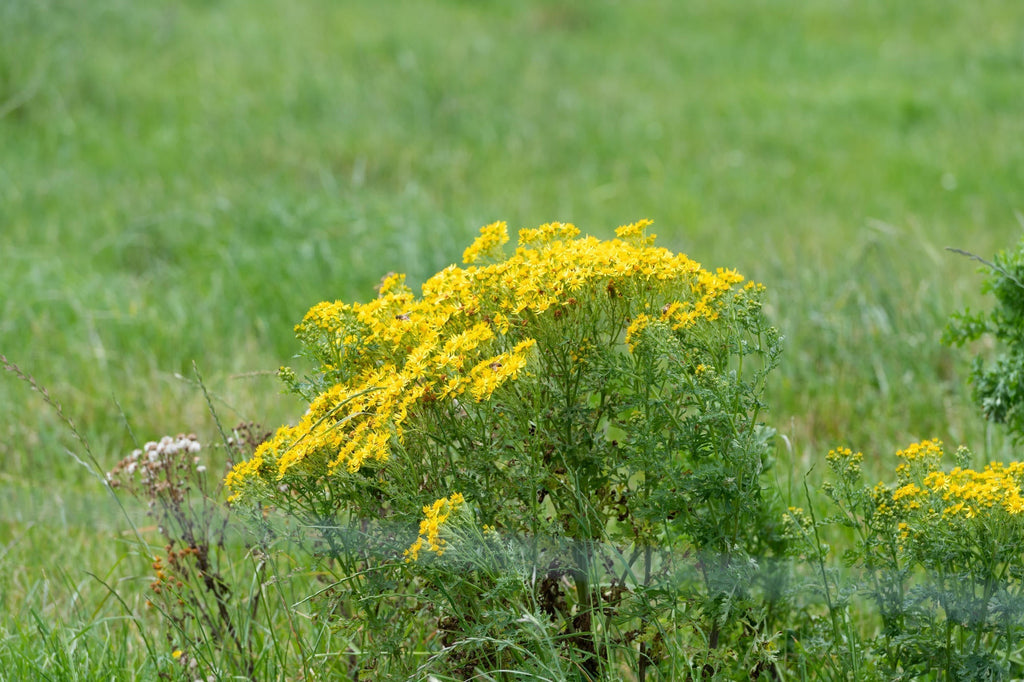
Ragwort is a very difficult weed to control and spreads easily. It grows all year round and is established from both seeds and old existing roots. Ragwort is a poisonous plant to stock and becomes more palatable when sprayed, so stock must be kept away until it has died down.

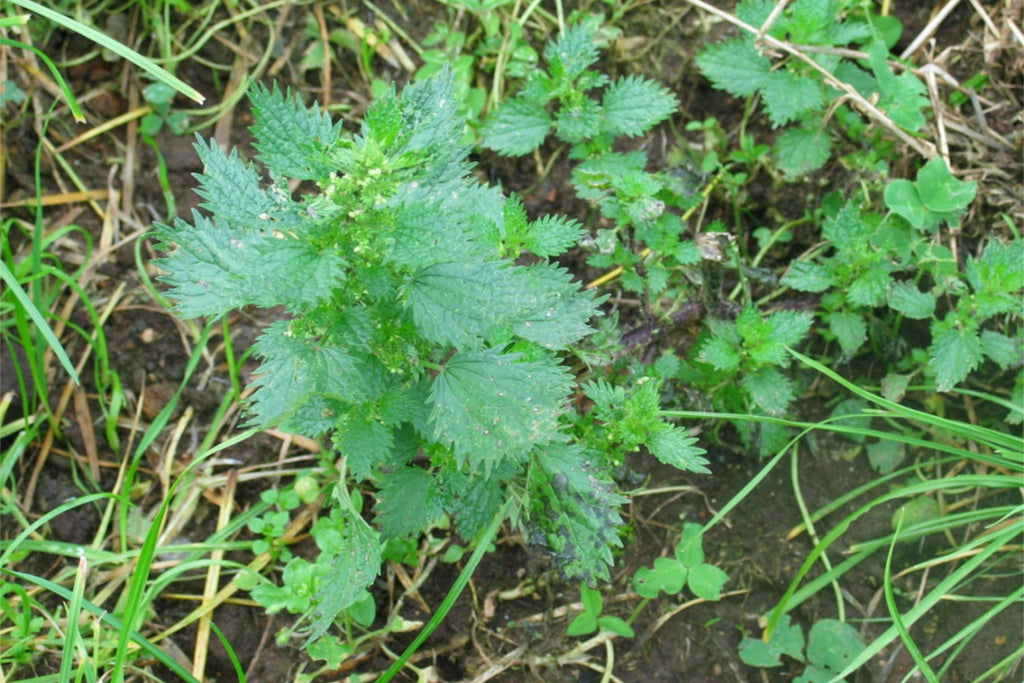
Nettles are fast-growing, and can quickly choke out new grass and clover. Herbicides applied at the seedling to small plant stage is a very effective method of control. Higher rates at larger growth stages will only suppress the plant, not kill it, so early application is best.
Find out more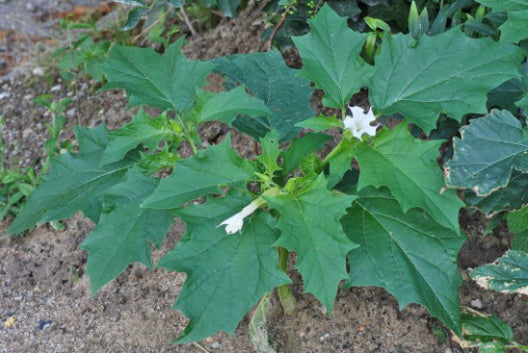
Thorn apple can be a tall erect plant with long, smooth, toothed leaves about 8 to 20 cm long. The upper surface of the leaves is a darker green, and the bottom is a light green.
A very difficult weed to control late, best controlled as a small seedling.
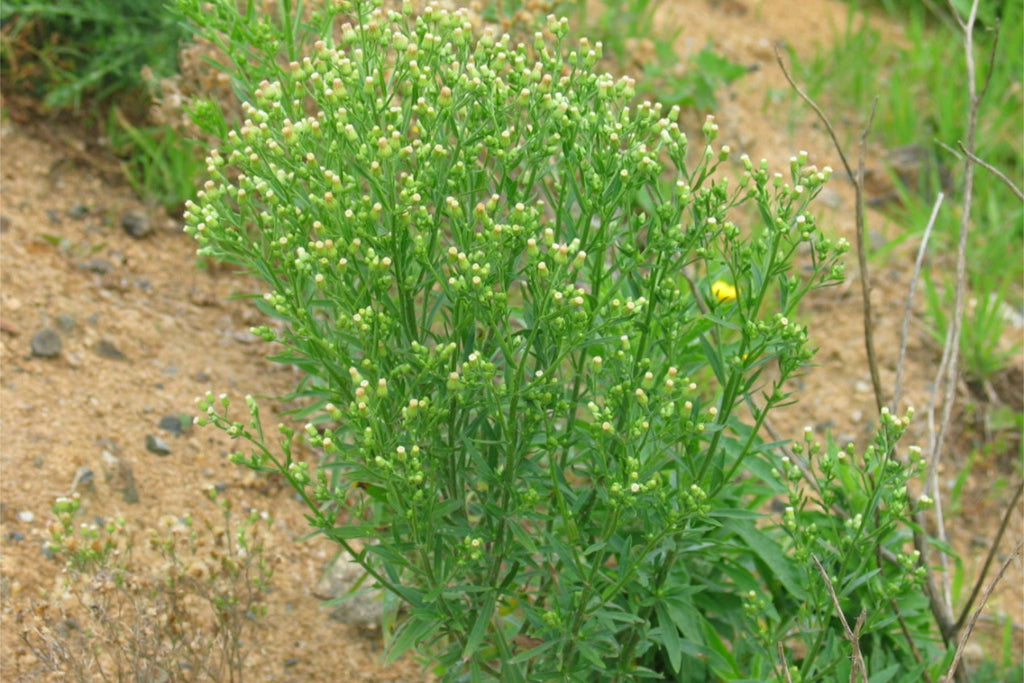
Prolific and fast growing, it prefers light soils and can withstand dry conditions. Fleabane produces a large number of seeds which can germinate in both spring and autumn.
Spray at seedling to small rosette stage.
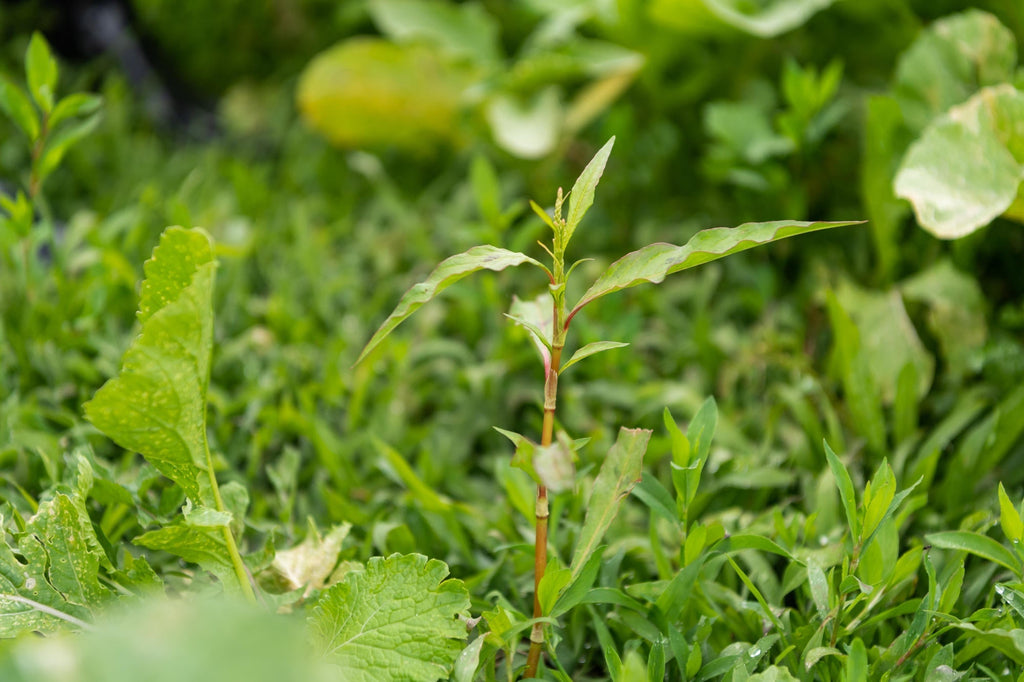

A perennial weed that becomes more prominent in spring. Often found in open pastures and on sideings. A very difficult weed to control. Find out more

Black Bindweed, Greater Bindweed, Field bindweed, Convolvulus and Cornbind are long clambering vines. Their large trumpet flower and heart shaped leaves are a common site in gardens, waste areas and along roads.
Autumn is the best time to spray bindweed foliage initially, but it is important to then re-spray any regrowth in spring.


There are a number of different species of Amaranthus in NZ. They tolerate drier, warmer conditions than many other weeds, making them problem weeds in Maize and other summer crops.
They typically germinate in late spring, flowering in summer. Most found in NZ are annuals, and die in the first winter frosts.
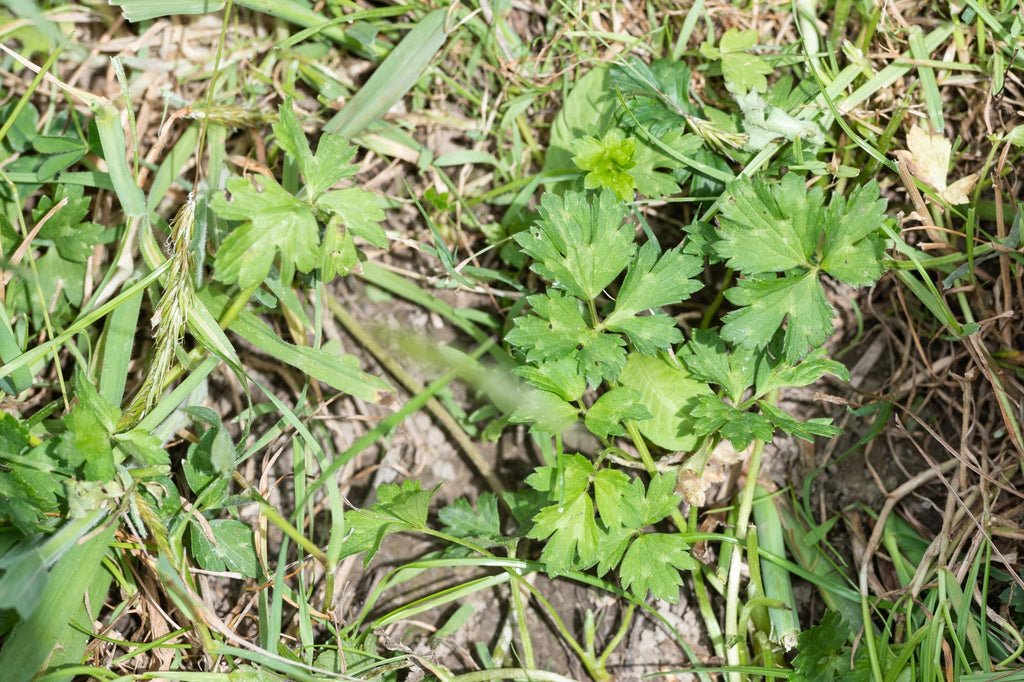
Most common in dairy pastures, particularly on less free draining soil types. Creeping and giant buttercup can be particularly invasive and are not easy to control. May require two applications in the spring to ensure adequate control. Find out more
